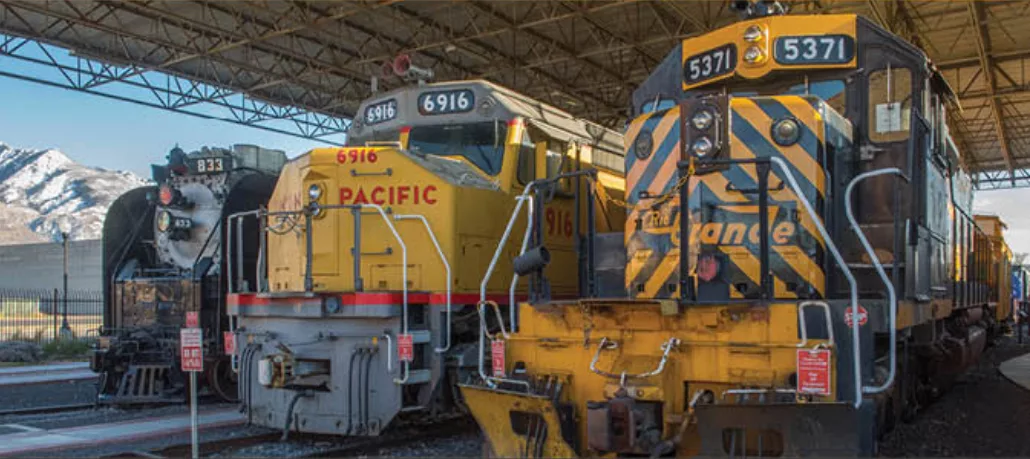
On Tuesday, Dec. 10, oral arguments were heard in the U.S. Supreme Court in a case with potential implications for Castle Country. Seven County Infrastructure Coalition and Uinta Basin Railway, LLC, v. Eagle County, Colorado, centers around the construction of the Uinta Basin Railway and the potential environmental impacts that may occur if the railway – which is designed to boost crude oil production – is allowed to be constructed.
This case not only impacts the Castle Country Area and the Uinta Basin, but could have potential nation impacts in regard to federal environmental regulations.
This case comes after the Supreme Court overturned the Chevron Deference earlier this year, a landmark ruling that was a cornerstone of administrative law for nearly 40 years.
Chevron consisted of a two-part test which, if fulfilled, gave federal agencies the right to interpret laws if not first clarified by Congress and,” whether the agency’s answer is based on a permissible construction of the statute.”
Instead of the typical nine-judge panel, only eight of the highest judges in the land will hear this case, with Justice Neil Gorsuch recusing himself from the case due to a conflict of interest with Philip Anschutz, whom Gorsuch had previously represented. Although not directly involved in the case, Anschultz owns several oil wells in Colorado that could potentially benefit from the railway if constructed.
The case centers around the National Environmental Policy Act, or NEPA, with regulators approving the project under the statute, but seven environmental groups and a Colorado county opposing the construction, citing environmental concerns like a potential oil spill into the Colorado River and increased wildfire risk.
“NEPA is a self-described procedural statute. It is designed to inform government decision-making, not paralyze it. Nonetheless, it has become the single most litigated environmental statute,” argued Paul D. Clement, the lawyer for the railway in his opening statement,” Despite an environmental-impact statement spanning 3600 pages, including 20 appendices, that addressed major impacts, minor impacts, downline impacts, and cumulative impacts, the D.C. Circuit demanded more. It insisted that the Board study the future project developments in the entire basin, the prospect of accidents in train lines hundreds of miles away, and the effect on refineries in Gulf communities thousands of miles away.”
These arguments come a year after the approval for the railway was overturned in a federal appeals court, which led to an appeal to the Supreme Court arguing that only direct impacts of the railway construction should be considered when dealing with NEPA; instead of the wider reaching potential impacts argued by the environmental groups and Eagle County Colorado.
The impacts of a decision in either party’s favor are clear, with both transforming NEPA and setting a precedent for matters like this going forward. If the railway is allowed to be constructed, NEPA will focus strictly on the direct impacts of projects. If the lower court’s ruling is upheld and construction halted for further study, NEPA will have a much farther-reaching scale, forcing companies to consider wide-ranging impacts instead of just the direct.
“If anybody needs to be messing with (the National Environmental Protection Act), it’s Congress, not the Supreme Court. The Supreme Court is a terrible body to be tinkering with this statute for anybody’s reasons, because, among other things, it doesn’t know what it’s doing, and this kind of legal analysis to solve policy problems is never a good idea,” said Sam Sanker, senior vice president for programs with Earthjustice, one of the groups arguing against the railway. “So that’s why you know whatever the debate is, it shouldn’t be happening in front of nine justices who basically know nothing about railways, environmental impacts or climate change.”
With only eight justices on the bench for this case, a 4-4 tie is possible. If no majority is reached in the case, then the lower court’s ruling disallowing the project will stand. There is no timeline for when the decision will be made and the opinion of the court released. The only certainty is that it will be released before the end of the Court’s term, which ends typically around late June or early July.
